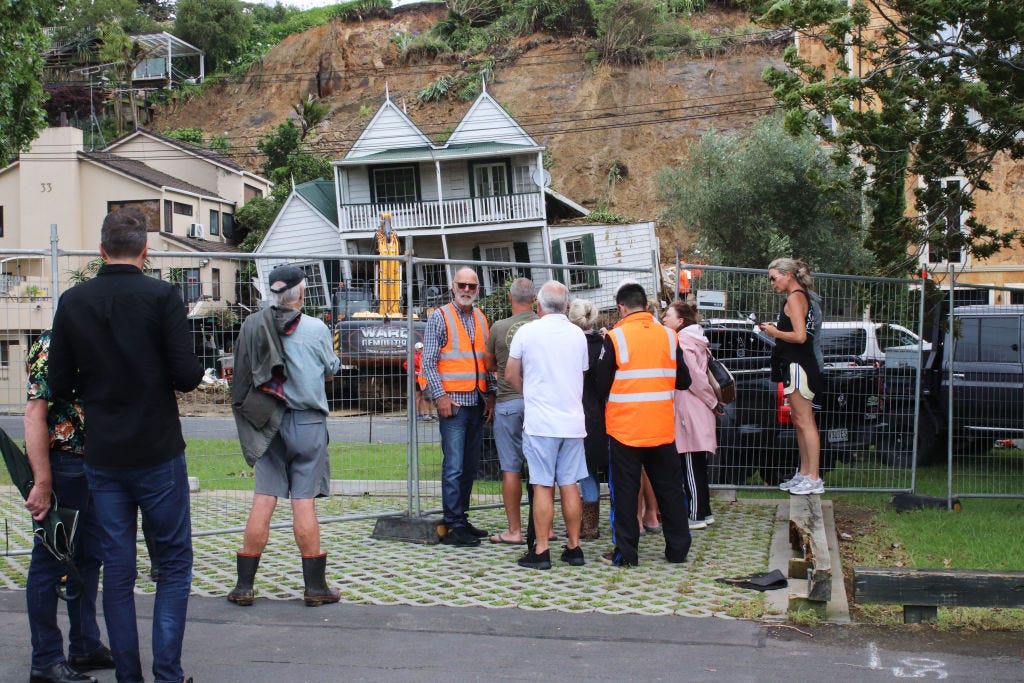
TLDR: The cleanup and the post-mortem have begun, even though the rain just keeps falling in Auckland after Aotearoa’s most expensive ever climate event.
The most rain ever to fall in a day:
swamped our biggest city, killing four people, making dozens of homes uninhabitable, forcing hundreds to people into emergency shelters and causing (at least) hundreds of millions of dollars damage;
exposing Auckland Mayor Wayne Brown’s failures as a communicator and the unpreparedness of Auckland’s infrastructure and emergency response systems to such intense and more frequent events; and,
landing a crisis in Chris Hipkins’ lap after just 10 days as PM and before he has even named his Cabinet.
Brown said on Saturday it was too early to say human-induced climate change was responsible.
But the event should challenge our political economy’s bias in favour of the current car-and-tarmac dominated transport and suburban complex.
Remember, Friday-night’s deluge happened after a year in which:
The Huntly power station and coal boilers at dairy factories, hospitals, factories and schools across the motu burned 1.25 million tonnes of coal to generate electricity and heat, up from the 1.22 million tonnes burned in 2017, the year in which Jacinda Ardern campaigned for and won power on the grounds she saw climate change as her generation’s nuclear free moment;
The Ford Ranger was the top-selling new vehicle, with seven other double-cab utes and SUVs filling eight of the top-10 slots for new vehicle sales, and only one electric car and one small passenger car being in the rest of the top 10, which is unchanged from the Ranger being the top-selling vehicle in 2016, and seven other double-cab utes and SUVs dominating the top 10;
The Labour Government softened plans to price climate emissions from farms and rejected Climate Commission advice it should tighten Emissions Trading Scheme rules in a way that would increase fuel costs;
The Government spent over $1 billion to subsidise petrol and diesel costs;
Just 7% of the Government’s 16,000 vehicle fleet were electric-powered in mid-2022 , five years after the new Government pledged to have an emission-free fleet by 2025; and,
new Auckland and Christchurch Mayors Wayne Brown and Phil Mauger campaigned successfully to slow or cancel the building of cycle paths and want their transport officials to stop talking about moving away from cars;
Treasury and Finance Minister Grant Robertson decided climate spending would be ‘fiscally neutral’, which means the Government won’t use its balance sheet to borrow and invest in long-term climate investments;
The Government’s Climate Emergency Response Fund had gathered $3.8 billion in funds from the ETS, but spent just $510 million by the end of the year, meaning climate tax revenues are effectively being used to drive Government debt lower and take pressure off inflation in the short run, which Treasury and Robertson have prioritised over climate and other spending; and,
National’s transport spokesman and likely-Transport-Minister-by-November Simeon Brown has repeatedly spoken out against mode shift and significant new public transport projects, describing them as part of a ‘war on cars.’
The end result of the soft-pedalling and the back-pedalling on mode shift by politicians, officials and voters was the statement from Auckland Transport last week that people should drive to Mt Smart Stadium for Friday night’s concert by Elton John because of a shortage of buses and the cancellation of train services for maintenance. Thousands were stranded, including in a few inundated buses, when the concert was cancelled at the last minute.
The climate is now changing faster than our political economy’s ability to adapt our views and policies.
The Chart Pack
A sunnier view - ANZ reported its January survey of business confidence found expectations about the wider economy and businesses’ own activity1 improved from a record low for wider business confidence in December.
On the turn - But the survey’s measures of business’ expectations for prices and wages have turned and are in line with the Reserve Bank (Te Pūtea Matua)’s expectations for inflation to fall back to 3% by early next year.
Chart of the day
Off the charts - This Marc Daalder chart of 60 years of Auckland’s daily rainfall data tells the story.

The Data points
A month’s rain in an hour - Auckland Airport’s 249mm in 24 hours beat the previous record of 161.8mm on February 16, 1985 by 54%. It has been described as a 1 in 250 year event.
US$75 billion - America’s second largest oil giant, Chevron, announced plans for capital returns to shareholders of US$75 billion through share buy-backs in coming years, after it reported a record high US$35.5 billion net profit for the 2022 calendar year. It invested US$12.3 billion in exploration in 2022, up from US$8.3 billion the previous year, to increase its reserves by 1.1 billion barrels of oil equivalents, or 97% of its net production in 2022.
Ka kite ano
Bernard
This is the best leading indicator of business activity and much less prone to political bias in favour of National Governments.




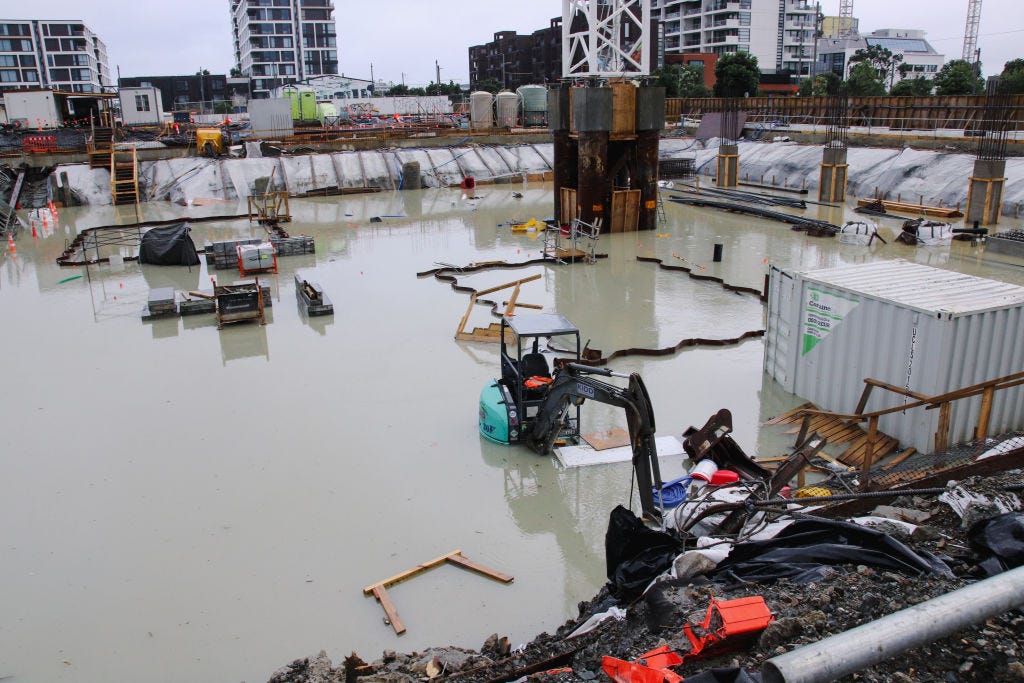

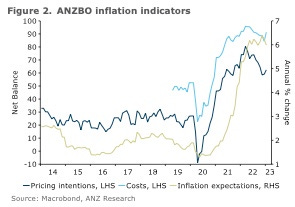

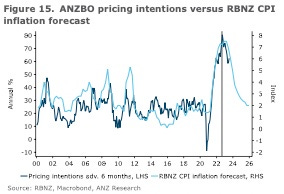

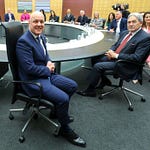
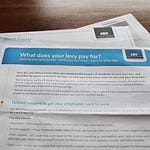
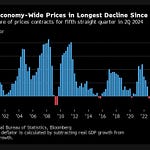
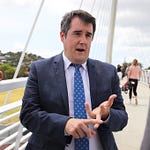
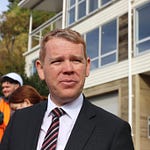


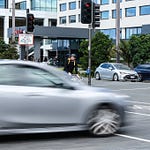
Share this post